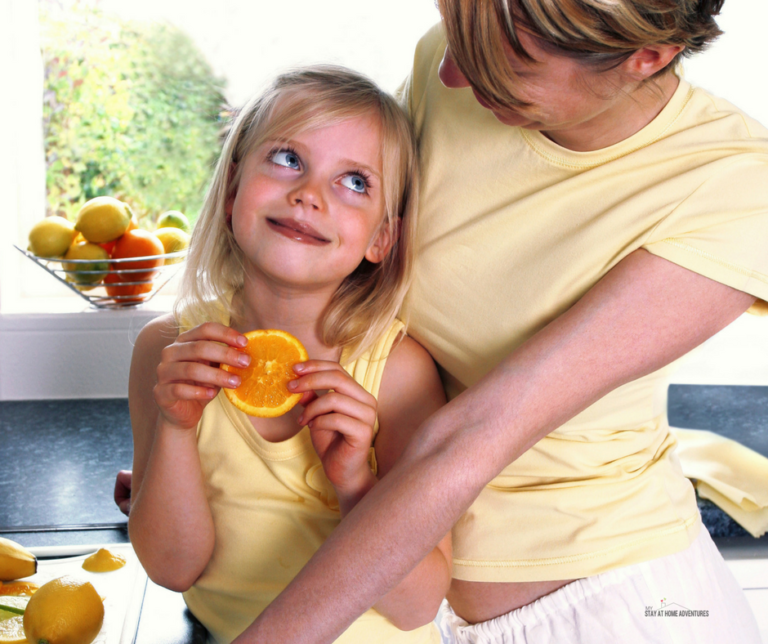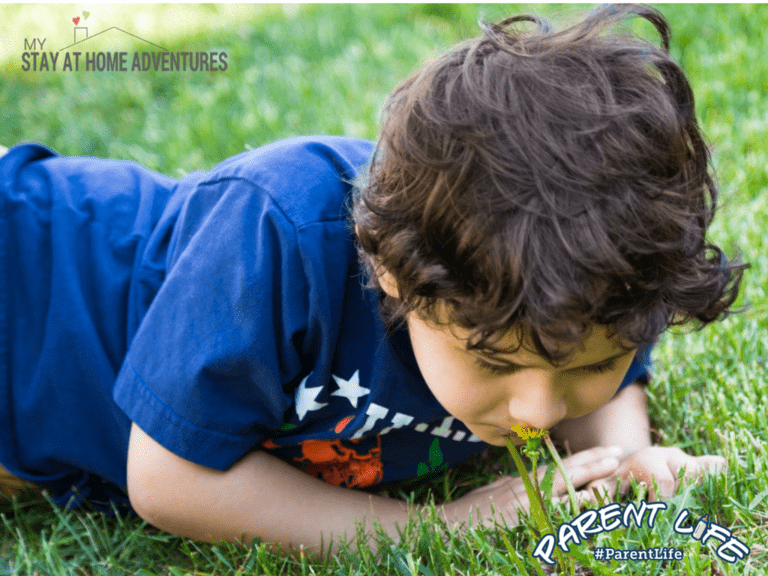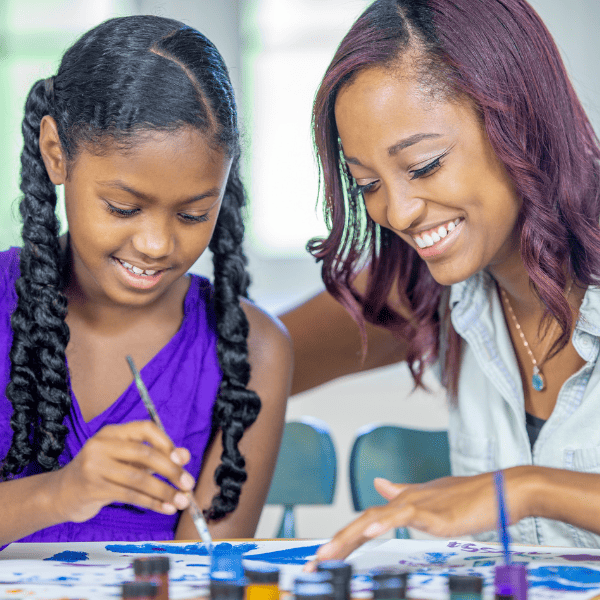Creative Homeschool PE Ideas for Active Kids
This post may contain affiliate links which might earn us money. Please read my Disclosure and Privacy policies hereAre you tired of struggling to keep your homeschooled kids physically active and engaged in PE?
Physical education plays a crucial role in child development, yet finding creative ways to make it exciting and sustainable can be challenging for homeschooling parents.
Let's explore some innovative and engaging fitness activities that transform ordinary exercises into adventures your kids will look forward to, from themed workout days to backyard obstacle courses that make movement a natural and enjoyable part of their daily routine.
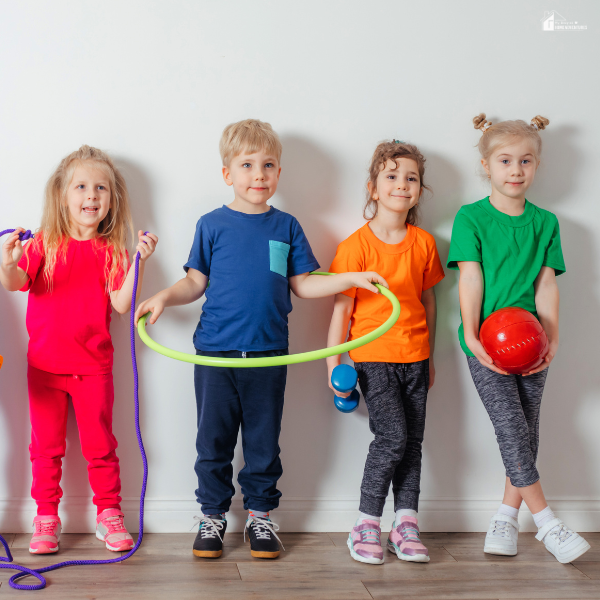
Keeping Young Learners Engaged Through Fitness
Physical activity plays a vital role in child development, yet homeschooled children often get less exercise than their traditionally schooled peers.
As parents, we can bridge this gap by creating engaging and interactive fitness activities that make movement an exciting part of each day.
Getting creative with PE sessions can transform ordinary exercises into adventures that kids look forward to.
Adding fun elements like themed workout days or setting up backyard obstacle courses helps maintain interest while building essential physical skills.
You can enhance team activities by getting quality custom football jerseys for your kids, which can boost their motivation and create a stronger connection to sports.
Mixing up activities keeps children interested and helps develop different muscle groups. Simple additions like timing challenges or friendly family competitions can make routine exercises feel fresh and exciting.
By focusing on fun rather than strict exercise regimens, we can help our kids build positive associations with physical activity that last a lifetime.
Functional Benefits Beyond Exercise
Physical education in a homeschool setting plays a vital role in developing your child's overall well-being.
Regular exercise doesn't just build strength and endurance, it creates positive changes in your child's mental and emotional health, too.
Kids who stay active often show improved focus during lessons, better sleep patterns, and a natural boost in their daily energy levels.
The beauty of home-based PE lies in its ability to create an environment where children feel safe to try new things without the pressure of peer comparison.
This freedom helps build genuine self-confidence as they master new skills at their own pace. Children start viewing physical activities as fun challenges rather than daunting tasks.
By making physical activity a regular part of your homeschool schedule, you're helping your child build habits that will serve them throughout their life.
When kids see their improvements, whether it's doing more push-ups or running faster – they gain a sense of achievement that carries over into other areas of learning.
This positive reinforcement creates a cycle where they're eager to participate and challenge themselves further.
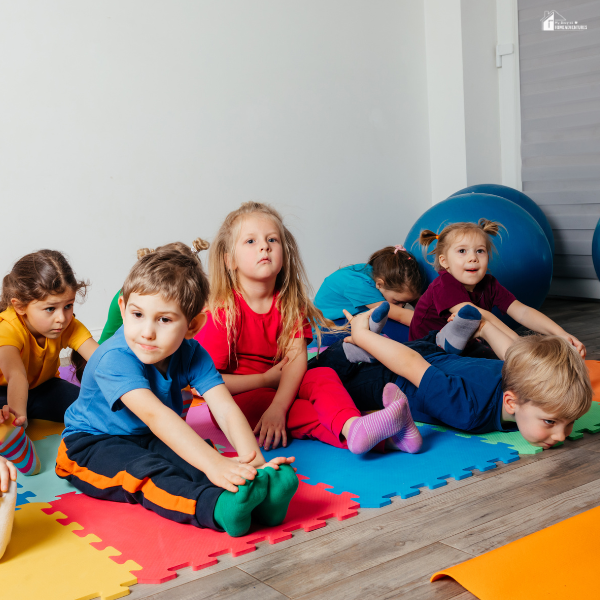
Creative Activities Indoors and Out
Physical education shouldn't stop just because you're stuck indoors. Indoor spaces can transform into dynamic fitness zones with a dash of creativity and imagination.
From turning your living room into a volleyball court using balloons to creating exciting yoga-inspired treasure hunts, there are countless ways to keep your children moving and engaged within your home's four walls.
The great outdoors offers even more possibilities for creative movement. Your backyard can become an exciting PE playground with minimal setup.
Simple activities like nature walks can turn into educational adventures when you add elements like identifying plants or collecting specific items.
Creating a DIY mini-golf course using household items adds an extra layer of fun while developing hand-eye coordination.
You might be surprised how engaging physical activities become when children help design and set up these outdoor spaces themselves.
Cost-Effective Equipment Hacks
Physical education at home doesn't need fancy equipment or a big budget. Your household is already filled with items that can transform into exciting PE tools.
A simple laundry basket becomes a basketball hoop, while everyday rope works perfectly for marking boundaries during games.
Even sofa cushions can create fun agility courses that challenge kids' coordination and balance.
The beauty of using DIY equipment lies in its flexibility. You can easily adjust these makeshift tools to match your child's skill level and interests.
Maybe your young one prefers throwing games, arrange those laundry baskets at different distances. If balance is the focus, create stepping stones using old magazines or newspapers.
This creative approach to PE gear shows kids that staying active doesn't require special equipment, fostering resourcefulness while keeping them engaged in physical activities.
Building Teamwork and Social Skills
Family-based team activities pack a powerful punch in developing essential life skills. Kids learn to communicate effectively and work together through shared physical challenges, whether it's a backyard relay race or a living room obstacle course.
These moments create natural opportunities for children to process both victories and setbacks, building their emotional resilience along the way.
Expanding beyond household boundaries opens up even more possibilities for social growth.
Local homeschool co-ops offer regular meetups where kids can join in group sports and make new friends.
Online fitness challenges connect young athletes with peers across different locations, creating a sense of community while staying active.
You can even boost team spirit by getting personalized jerseys for family games or group activities, making exercise feel more official and exciting for everyone involved.
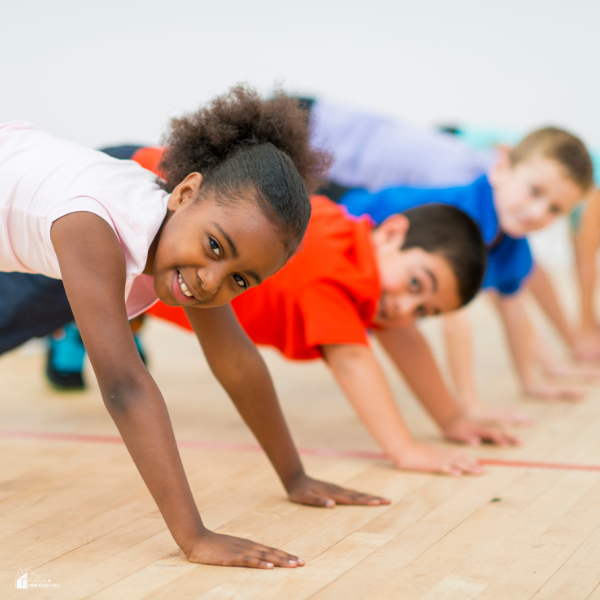
Measuring Progress and Keeping Motivation High
Physical fitness benchmarks show room for improvement in homeschool PE programs. Data from homeschool fitness research reveals notable differences in exercise performance between homeschooled and traditionally schooled students.
By implementing consistent tracking methods, parents can help their children build strength and endurance while making fitness fun.
Creating an engaging progress monitoring system helps kids stay motivated and excited about their physical development.
Simple tracking tools like colorful charts or digital apps make it easy for children to see their improvement over time.
Remember that each child's fitness journey is unique. Focus on celebrating personal achievements rather than comparing themselves to others.
Small wins build confidence and create momentum for long-term success. A positive approach to tracking progress helps kids develop healthy attitudes about exercise while steadily improving their physical capabilities.
Time Management for Busy Families
Finding the perfect balance between academics and physical education can feel like a juggling act.
The good news? Integrating a consistent PE program at home doesn't need to be overwhelming.
Four hours per week is all you need to maintain an effective PE program. By planning smart and flexible activities, you'll create a sustainable fitness routine that works for your family's schedule.
By breaking physical activities into smaller chunks throughout the day, you'll make PE feel less overwhelming and more natural.
Try starting with simple exercises during lesson transitions, jumping jacks while reciting vocabulary or lunges between math problems work great.
These quick bursts of movement help kids stay focused while meeting their daily activity needs.
Remember that consistency matters more than duration. Even short periods of movement add up when incorporated regularly into your homeschool rhythm.
The key is finding creative ways to blend physical activity with your existing schedule rather than treating it as a separate subject to squeeze in.
Moving Forward Together
Integrating physical education into homeschooling presents unique challenges, but creative solutions abound through everyday items and imaginative activities that keep children engaged and active.
Through thoughtful planning and creative approaches to movement, parents can ensure their homeschoolers develop strong physical foundations while having fun and building lasting healthy habits.
By focusing on enjoyable, adaptable activities and celebrating personal progress, families can create a sustainable fitness routine that transforms physical education from a mandatory task into an exciting adventure that children look forward to each day.



